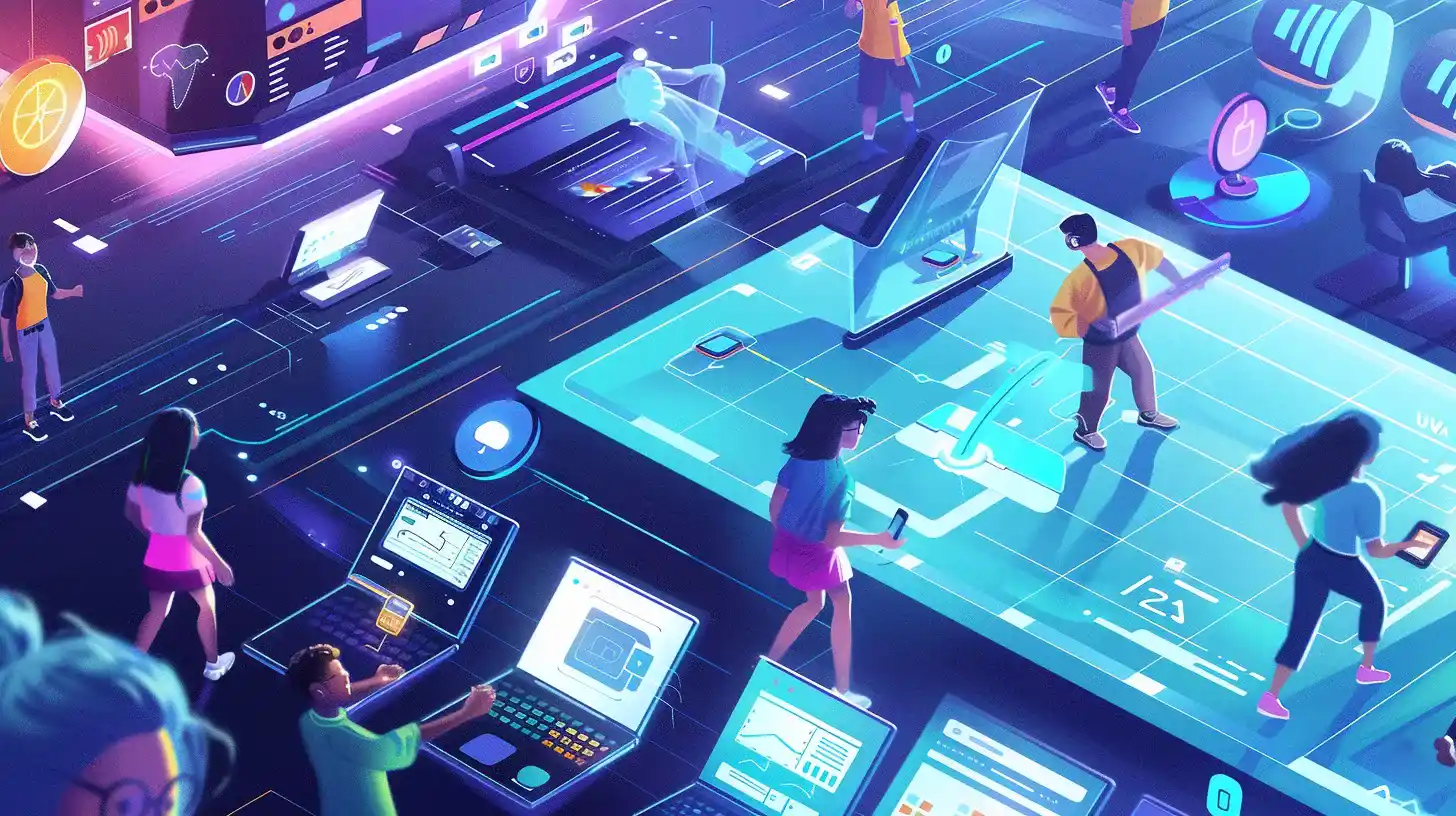Table of Contents
A Smaller, Faster Siri? Apple’s AI Research Points to Big Changes
For years, Apple Siri has been the butt of jokes, lagging behind competitors like Google Assistant and Alexa. But whispers in the tech world suggest a revolution is brewing at Apple. Recent research papers and reports hint at a major overhaul for Siri, with a focus on speed, efficiency, and a deeper understanding of natural language.
One key theme is making Apple Siri smaller and faster. Apple seems to be prioritizing on-device processing, a move likely driven by privacy concerns. Imagine an Apple Siri that doesn’t need constant internet access and works flawlessly even in remote areas. This efficiency is achieved through innovative techniques like compressing large language models (LLMs) and utilizing a device’s flash storage for faster processing.

Another exciting avenue is the development of wake-word-free interaction. Imagine a future where Siri can intuitively understand when you’re addressing it, eliminating the need for a clunky “Hey Siri” trigger. This would create a more natural and seamless user experience.
Apple’s research also delves into improving Siri’s comprehension. Papers discuss methods for understanding rare words, deciphering ambiguous queries, and even recognizing follow-up questions within a conversation. These advancements would allow Apple Siri to have more nuanced and productive interactions with users.
Beyond Apple Siri: AI for Health, Image Editing, and Your Everyday Life
While Siri may be the most visible face of Apple’s AI efforts, the company is exploring a much wider range of applications. The potential for AI in health is particularly intriguing. Imagine LLMs analyzing your biometric data from various devices, helping you understand your overall health picture. Research suggests Apple Siri is exploring ways to collect and interpret data on gait, heart rate, and more, paving the way for personalized health insights.
AI is also poised to become a powerful creative tool. One research project, Keyframer, allows users to iteratively build and refine generated designs. This could revolutionize tools like Memoji creation and potentially empower professional artists within Apple’s design ecosystem.
Another fascinating project, MGIE, empowers users to edit images simply by describing the desired changes. Imagine saying “Make the sky more vibrant” or “Remove that blemish” and having the AI perform the edits seamlessly. This technology could democratize image editing and open exciting avenues for creative expression.
Apple Siri Music might even get an AI upgrade. Research on “Resource-constrained Stereo Singing Voice Cancellation” hints at the ability to separate vocals from instruments, potentially allowing users to create remixes or personalized music experiences.
Ferret: The Multimodal Model That Could Revolutionize How You Use Your iPhone
Perhaps the most groundbreaking project is Ferret, a multi-modal large language model. Ferret goes beyond understanding spoken commands. It can also interpret visual information, like what’s on your screen or something you’ve pointed your phone camera at. Imagine asking Apple Siri about an app rating you see or having your phone describe a landmark you’re visiting – Ferret paves the way for these possibilities.

The implications for accessibility are immense. Visually impaired users could leverage Ferret to navigate apps and understand their surroundings. Furthermore, Ferret could fundamentally change how we interact with our devices. Imagine a future where Apple Siri, armed with Ferret’s capabilities, can not only understand your requests but also take action on your behalf within apps. This could lead to a completely automated and intuitive phone experience.
The Future of iPhone: AI-Powered and Siri-ous Business
It’s important to remember that this is a glimpse into Apple’s research labs, not a guaranteed roadmap. Successfully implementing these advancements will be a complex feat. However, the sheer ambition of these projects paints a picture of a future iPhone radically transformed by AI.
Here’s a taste of what that future might hold:
- A Siri that (Finally) Gets You: Imagine a Siri that not only understands your words but also the context behind them. No more misinterpretations or frustrating misunderstandings. Siri could become a true personal assistant, anticipating your needs and proactively offering help.
- On-Device Powerhouse: Apple’s focus on on-device processing is a double win. It improves privacy by keeping your data local and unlocks powerful AI capabilities even without a constant internet connection. This could be a game-changer for users in remote areas or with limited data plans.
- AI for Every Task: From streamlining health monitoring to unlocking creative potential with image editing tools, AI will become an invisible but pervasive force in your daily iPhone experience. Tasks that were once cumbersome or time-consuming could become effortless with AI assistance.
- A Phone That Understands the World: Ferret’s ability to bridge the gap between the physical and digital world opens up a universe of possibilities. Imagine pointing your phone at a restaurant and having Siri instantly pull up reviews or make a reservation. The lines between the real world and your phone will blur, creating a seamless and intuitive user experience.
This potential AI revolution at Apple isn’t just about making Siri better (though that’s certainly a welcome change). It’s about fundamentally redefining how we interact with our iPhones, making them not just communication tools but intelligent companions that understand our needs and anticipate our desires. The future of the iPhone, fueled by AI, is poised to be a powerful and transformative one.





